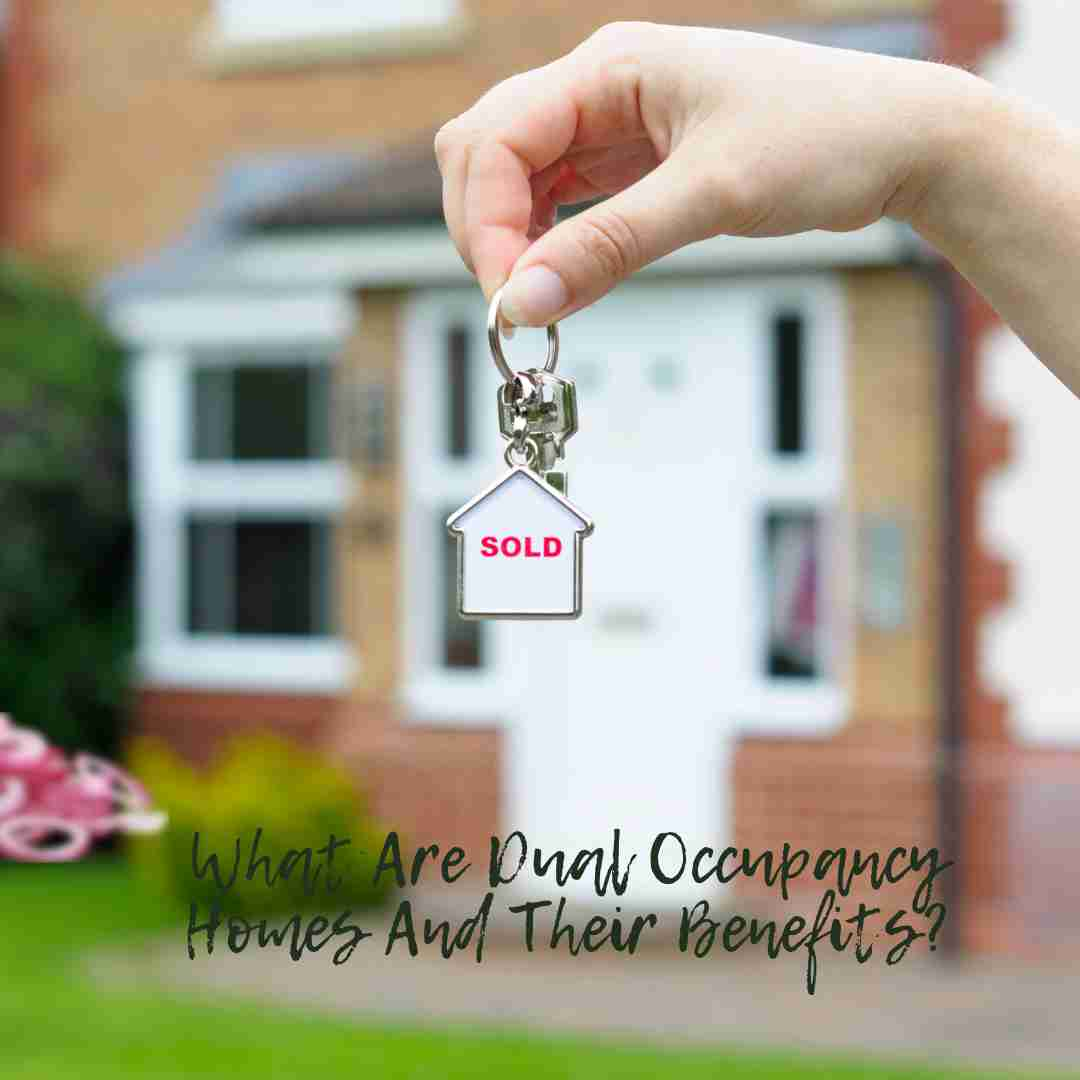With housing demands soaring and space becoming a premium, dual occupancy homes offer a practical solution that maximizes land use and accommodates diverse living arrangements.
Exploring the benefits of dual occupancy homes not only provides insight into innovative housing solutions but also empowers individuals to make informed decisions about their property investments.

What Are Dual Occupancy Homes?
Dual occupancy homes, also known as duplexes or dual living residences, are properties that contain two separate dwellings within the same structure.
These dwellings can be side-by-side, stacked, or, in some cases, one unit may be situated above the other. Each dwelling typically has its own entrance, kitchen, bathroom, and living areas, allowing for separate living quarters within the same property.
Dual occupancy homes can be appealing to homeowners looking for rental income, multigenerational families who want to live close together while maintaining some degree of independence, or individuals interested in living in one unit while renting out the other for additional income.
Types Of Dual Occupancy Agreements
Dual occupancy agreements can vary depending on factors such as local regulations, the preferences of the property owner, and the specific arrangement between parties. Here are some common types of dual occupancy agreements:
- Rental Agreement
In this type of agreement, one of the units within the dual occupancy property is rented out to tenants.
The terms of the rental agreement typically include details such as the duration of the lease, rent amount, responsibilities of both the landlord and the tenant, and any other relevant terms and conditions.
- Ownership Agreement
When multiple parties own the dual occupancy property, they may enter into an ownership agreement outlining each party's rights, responsibilities, and ownership share.
This agreement may cover aspects such as property maintenance, decision-making processes, and dispute-resolution mechanisms.
- Strata Title or Community Title
Dual occupancy properties may be subject to strata title or community title arrangements, particularly if they are part of a larger development or complex.
These arrangements involve the creation of separate titles for each unit within the property, allowing for individual ownership and management of each unit while also sharing common areas and facilities.
- Leasehold Agreement
In some cases, the land on which the dual occupancy property is situated may be leased rather than owned outright.
In such instances, the property owner enters into a leasehold agreement with the landowner, outlining the terms and conditions of the lease, including rental payments, lease duration, and any restrictions or obligations associated with the leasehold arrangement.
It's important for property owners and occupants to carefully consider and document their agreements to ensure clarity and compliance with relevant laws and regulations.
Benefits Of Dual Occupancy Homes
Dual occupancy homes offer a versatile solution, providing financial benefits through rental income and maximizing land use. They cater to modern housing needs by accommodating multigenerational living arrangements and offering flexibility in space utilization.
- Maximized Land Use
In areas where land is limited or expensive, maximizing the use of available land becomes crucial. Dual occupancy homes allow property owners to optimize their land by constructing two separate dwellings on a single lot instead of just one.
This means more housing units can be accommodated within the same space, increasing housing density without expanding the physical footprint.
- Additional Income
One of the most significant advantages of dual occupancy homes is the potential for generating rental income. By renting out one of the units, homeowners can supplement their income and offset expenses such as mortgage payments, property taxes, and maintenance costs.
This additional income stream can contribute to financial stability and even serve as a form of passive income for homeowners.
- Multigenerational Living
Dual occupancy homes are well-suited for multigenerational families seeking to live together while maintaining independence and privacy.
With separate living spaces, each generation or family unit can have their own residence within the same property. This arrangement fosters close familial bonds while still allowing each household to have their own space and amenities.
- Flexibility
Dual occupancy homes offer versatility in how the space is utilized. Homeowners have the flexibility to choose how they want to use the two separate dwellings.
They can opt to live in one unit and rent out the other for additional income, use both units for their own family's needs, or repurpose one unit for specific purposes such as a home office, guest suite, or rental property.
- Increased Property Value
The option for dual occupancy can enhance the overall value of a property. The potential for rental income and the flexibility of the space make the property more attractive to potential buyers, leading to increased demand and potentially higher resale value.
Dual occupancy homes often fetch higher prices compared to single-unit properties due to their income-generating potential and versatility.
- Shared Costs
Sharing certain expenses such as utility costs or maintenance expenses between the two units can help reduce overall living expenses for homeowners.
This shared cost arrangement can result in cost savings and improved affordability for both occupants, making dual occupancy homes financially advantageous for homeowners.
Overall, dual occupancy homes offer a range of benefits, making them an attractive housing option for various purposes and lifestyles.
Takeaway
Understanding the value of dual occupancy homes is crucial in today's dynamic real estate market. These properties provide practical solutions to rising housing demands by offering efficient land use and diverse living arrangements.
By embracing the benefits of dual occupancy, homeowners and investors can not only meet current demands but also pave the way for a more flexible and sustainable future in residential living.
